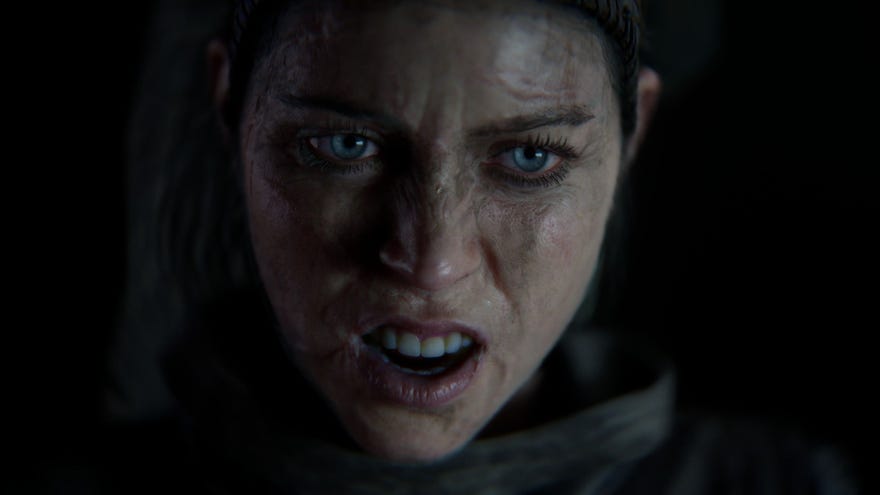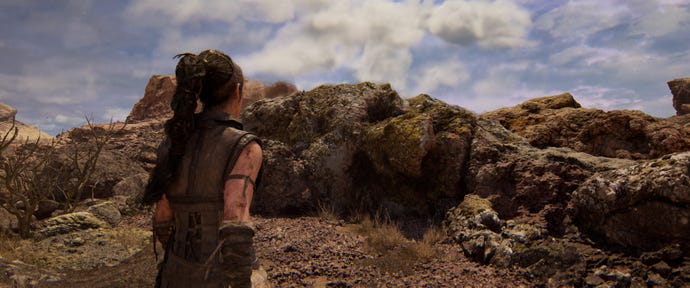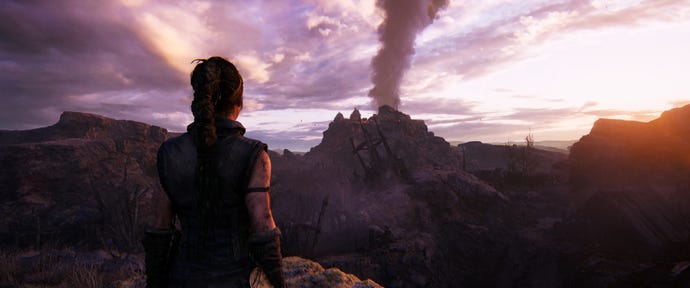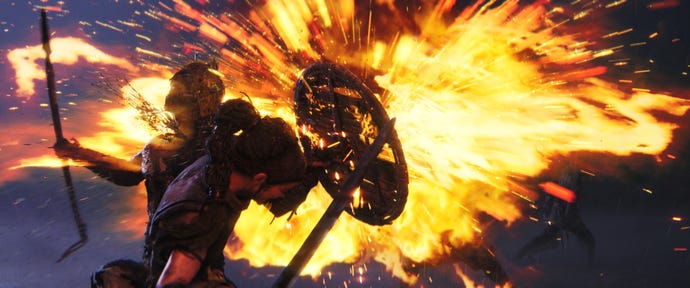HomeReviewsSenua’s Saga: Hellblade II
Senua’s Saga Hellblade 2 review: a visual step forward even more contemptuous of interactivity than the firstPar for the Norse
Par for the Norse
Image credit:Ninja Theory
Image credit:Ninja Theory

Three questions before we start:
If you answered ‘yes’ to all of the above, then I come bearing wonderful tidings for you aboutSenua’s Saga: Hellblade 2. The sequel to Ninja Theory’s 2018actionadventureis a bleak and brutal Norse tale about revenge and redemption told with a rigorous cinematic eye, set across volcanic landscapes that makeDeath Stranding’s Icelandic hiking trails look like they’re made from painted polystyrene.
If, however, you answered ‘no’ to any of the above questions, consider your purchase carefully.Hellblade2 doesn’t so much expand upon the ideas of the original as double-down on them, offering a leaner, meaner version of a concept that wasn’t exactly overgenerous in the first instance. It’s more harrowing, more fleeting, more linear and more contemptuous of player agency. It’s entirely happy to make sacrifices to get to where it wants, and if you try to step in the way, well, up on the altar you’ll go.
To see this content please enable targeting cookies.Manage cookie settings
To see this content please enable targeting cookies.Manage cookie settings
Image credit:Ninja Theory


The whole level is striking in its savagery, and the next is even more barbaric. Like the Northman, atavism is a key theme in the game’s depiction of both Norse legend and the violence attached to it. As Senua pushes deeper into the primordial Nordic landscape, she witnesses humanity regressing in steps, twisted into increasingly monstrous forms in their desire to survive and seek vengeance.
Yet while Hellblade 2 delves to nastier extremes than Eggers' film, it’s also ultimately less nihilistic. As Senua' learns more about the land she’s travelled to, her quest for vengeance against the slavers evolves into a different mission, one where the ability to forgive and absolve, which she learned for herself in the first game, plays a central role.
Image credit:Ninja Theory

Then there are the rocks. I wasn’t joking when I said you shouldn’t play Hellblade 2 if you don’t like rocks. This game is obsessed with them. From giant, fractal lava formations that curl like burned roses, through fist-sized, water-smoothed pebbles all rendered individually, all the way down to tiny granules of grit that deform under NPCs' feet as they trudge along hillside pathways, Hellblade 2 is a scintillating celebration of strata. I look forward to the inevitable “Geologist REACTS?!?!” YouTube video.
Stunningly detailed as its rocks are, I should point out that the presentational excellence is not merely graphical. The game’s virtual camera work is impressive, particularly the way it uses landscape flyovers to switch between scenes without breaking immersion. It’s also superbly written and acted, and displays similar quality in its audio design. As in the first game, this is most evident in its simulation of Senua’s psychosis.
On this point, Hellblade 2 states at the outset that Senua has accepted her psychosis as part of herself, so the game is less of a direct exploration of this part of Senua’s personal experience. But that doesn’t mean it has gone away. The voices still whisper at her, question her, mock her, and perhaps most disconcertingly of all, try to help her. There are also moments when the hallucinations become more overt.
Image credit:Ninja Theory

As both a technical showcase and a story, Hellblade 2 is undoubtedly well made. The price of this, however, is that Hellblade 2 is even less of a game than the first one. It’s a fairly short experience, about 8 hours long, and a big chunk of that involves walking slowly forward along oppressively linear paths, occasionally mantling over a ledge or picking up the 8th century equivalent of an audio log.
The remaining time, as in the first game, is divided between puzzles and combat. Also like the first game, the puzzles aren’t very good. They all involve either wandering around the environment looking at objects from a particular angle, or wandering around the environment collecting stone orbs. Most involve some interesting visual effect that plays into Senua’s divergent perspective on reality, but they require minimal deduction to solve and are interactively unsatisfying.
Image credit:Ninja Theory

I like Hellblade 2, and without wishing to sound churlish, I’d definitely give it a whirl if I had a Game Pass subscription. But in a month that’s includedAnimal WellandCrow CountryandCryptmasterand Little Kitty, Big City and Dread Delusion and Indika and Lorelei and the Laser Eyes, dropping fifty notes on this shiny but safe sequel just seems daft. Amid such a cornucopia of imagination, Hellblade 2 needed to be more than just more Hellblade, to elevate the ideas of the first game and build them out. But for all its technical wizardry and narrative worth, more Hellblade is exactly what Hellblade 2 is.